
In the Eye of the Storm: NASA's Hurricane Hunters
Hurricane Eye Earl
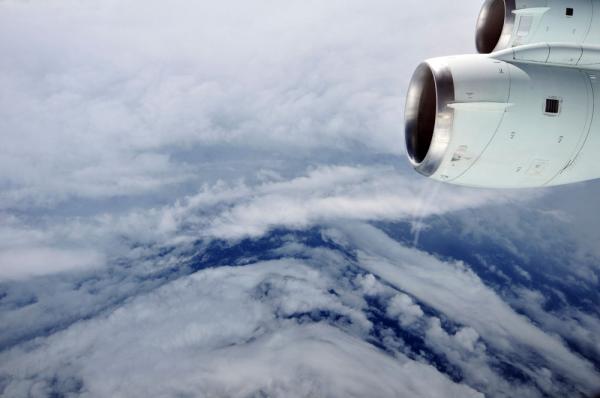
Not what you usually want to see out the airplane window: The eye of Hurricane Earl over the Atlantic Ocean is seen from NASA's DC-8 research aircraft, Monday, Aug. 30, 2010. This flight caught Earl just as it was intensifying from a Category 2 to a Category 4 hurricane. The flights are part of the Genesis and Rapid Intensification Processes (GRIP) experiment , a NASA Earth science field experiment being conducted to better understand how tropical storms form and develop into major hurricanes. Scientists are flying planes into the storms to gather valuable data.
Hurricane Dc Largest Grip
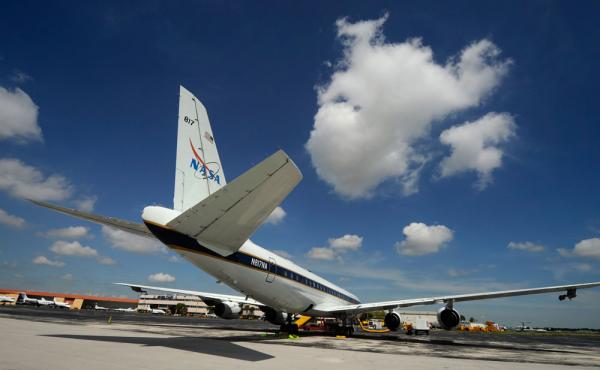
The largest among the GRIP experiment's fleet of planes, the DC-8 sits on the tarmac on Monday, August 16, 2010, at Fort Lauderdale Hollywood International Airport. The aircraft headed out for a test run the following day, on August 17.
Hurricane Dropsonde
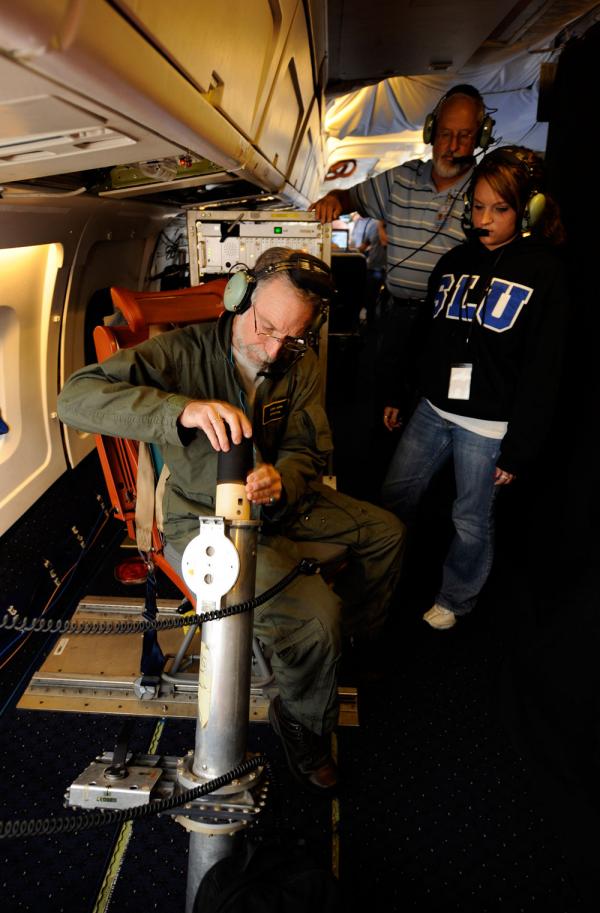
Up in the air: Errol Korn, seated left, deploys a dropsonde experiment over the Gulf of Mexico during the DC-8 aircraft's first flight, largely conducted as a test, on Tuesday, Aug. 17. Janel Thomas, a University of Maryland Baltimore County graduate student, and Bob Pasken, look on. Dropsondes are small instruments that ride parachutes down to the Earth's surface, sending valuable data back to the plane as they hurtle down through a storm.
Hurricane Dawn Wind Profiles
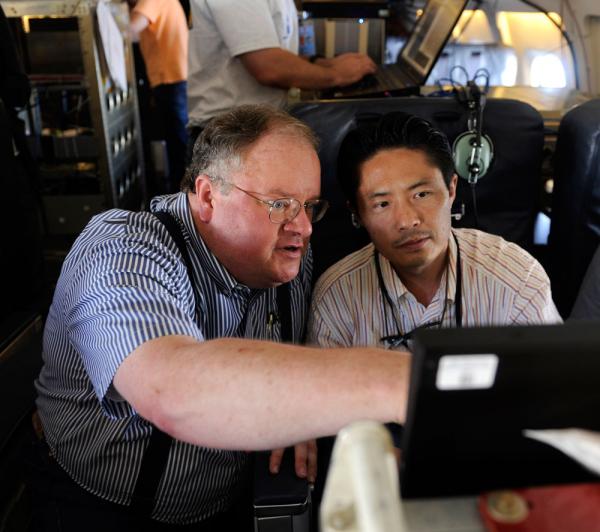
Michael Kavaya, of the NASA Langley Research Center, a principal investigator for the DAWN experiment, looks over data with Jeffrey Beyon during the DC-8's Aug. 17 flight over the Gulf of Mexico. The DAWN experiment, also known as the Doppler Aerosol WINd lidar, is looking at the vertical profiles of winds in storms, and is just one of many experiments supporting the GRIP experiment.
Hurricane Researcher Weather Pattern
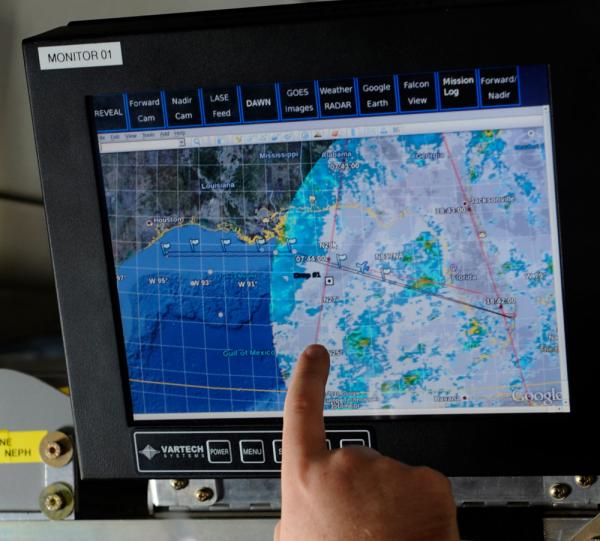
A researcher points out the trajectory of a weather pattern on a computer monitor during the DC-8's Tuesday, August 17 test run over the Gulf of Mexico.
Hurricane Dc Earl
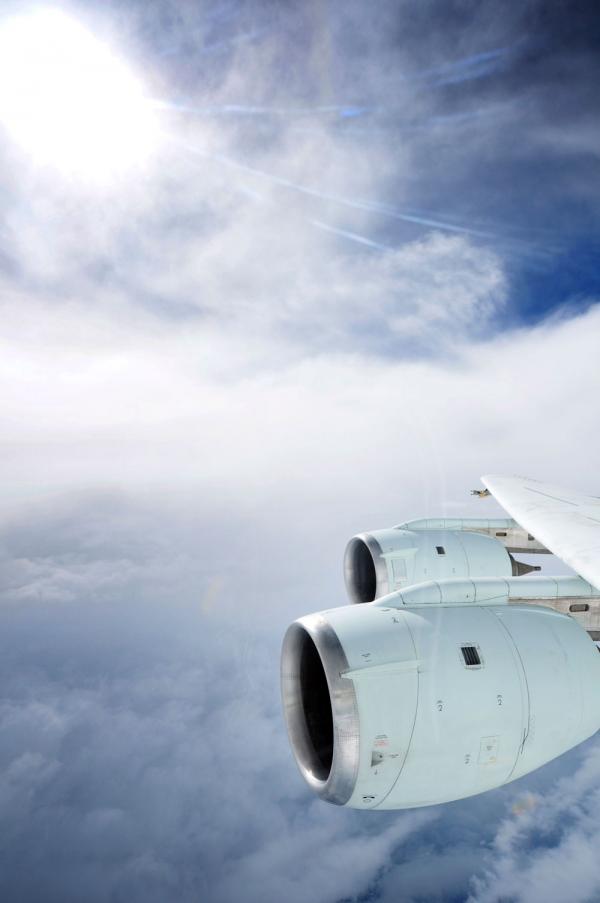
On its Monday, Aug. 30 data-taking flight, the DC-8 zipped through Hurricane Earl several times. The GRIP study will continue criss-crossing storms that travel over the Gulf of Mexico through the end of September.
Sign up for the Live Science daily newsletter now
Get the world’s most fascinating discoveries delivered straight to your inbox.









